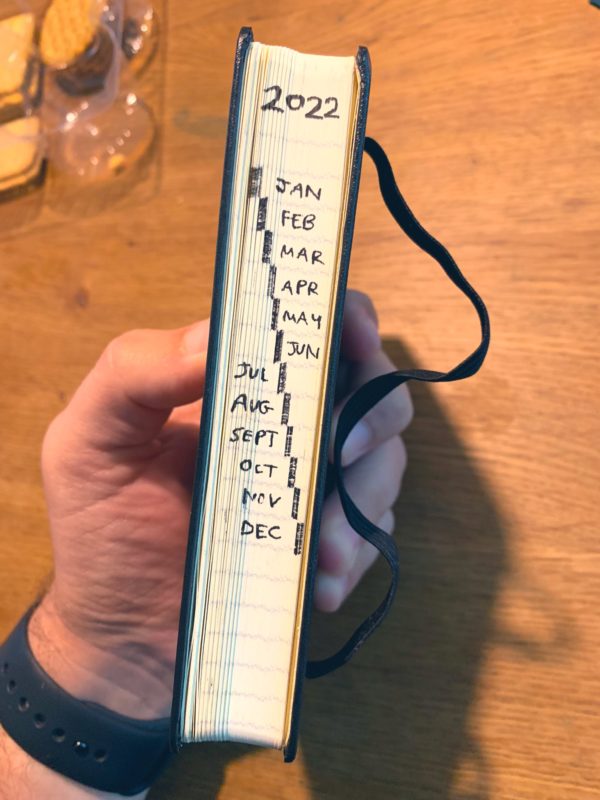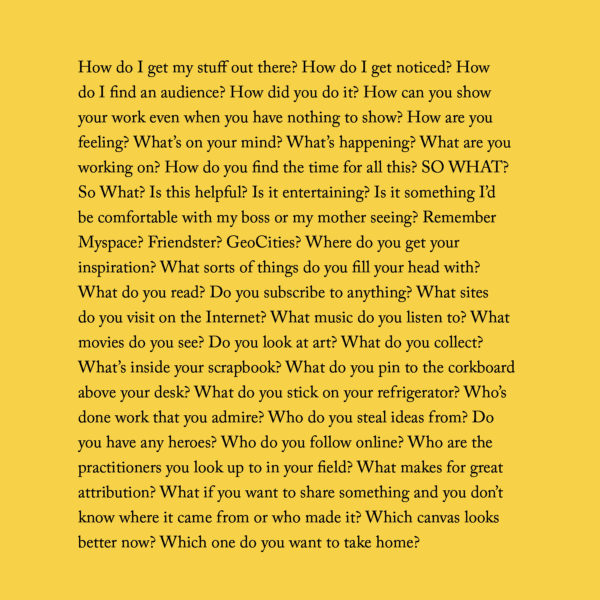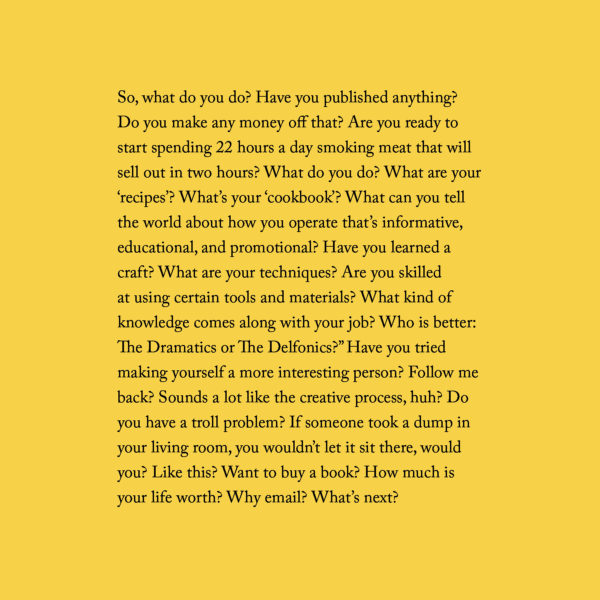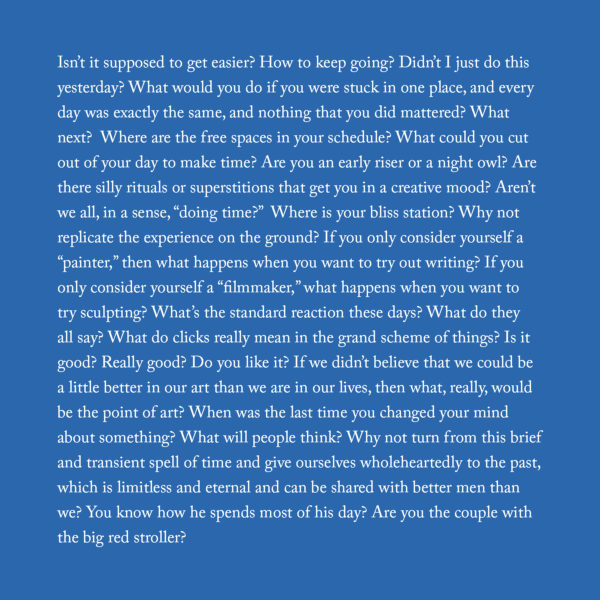
Heads up that tomorrow, Dec. 7th is the last day to order signed and personalized copies of my books from Bookpeople.
I’ll be signing all the orders this weekend and I’ll sign as many as you buy! Get a whole set for the office, if you want. (Please be sure to follow their instructions and include personalization details in the comments of the order.)
If you don’t care about personalizations but still want to place a bulk order, try Porchlight.
My books make great gifts, but sometimes people want to know which books they should buy for whom, so here’s a little guide.
- My most popular book overall is Steal Like an Artist, and it’s good for everybody, teenager and older. The 10th anniversary hardcover edition is perfect as a gift.)
- For people trying to get their work out there, there’s my book about self-promotion for people who hate self-promotion, Show Your Work!
- For readers who are struggling or further along on their path, Keep Going.
- The Steal Like an Artist Journal is a notebook of creative prompts that pairs well with any of my books.
- For the more artsy or lit’ry folks, there’s my “deep cut” and first book, Newspaper Blackout.
If you have a local indie bookstore you can support, that’s always the best place to buy. (The Painted Porch in Bastrop, TX also has signed copies.)
For something extra special, give a gift subscription to my newsletter.
Happy holidays!









